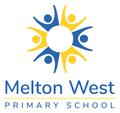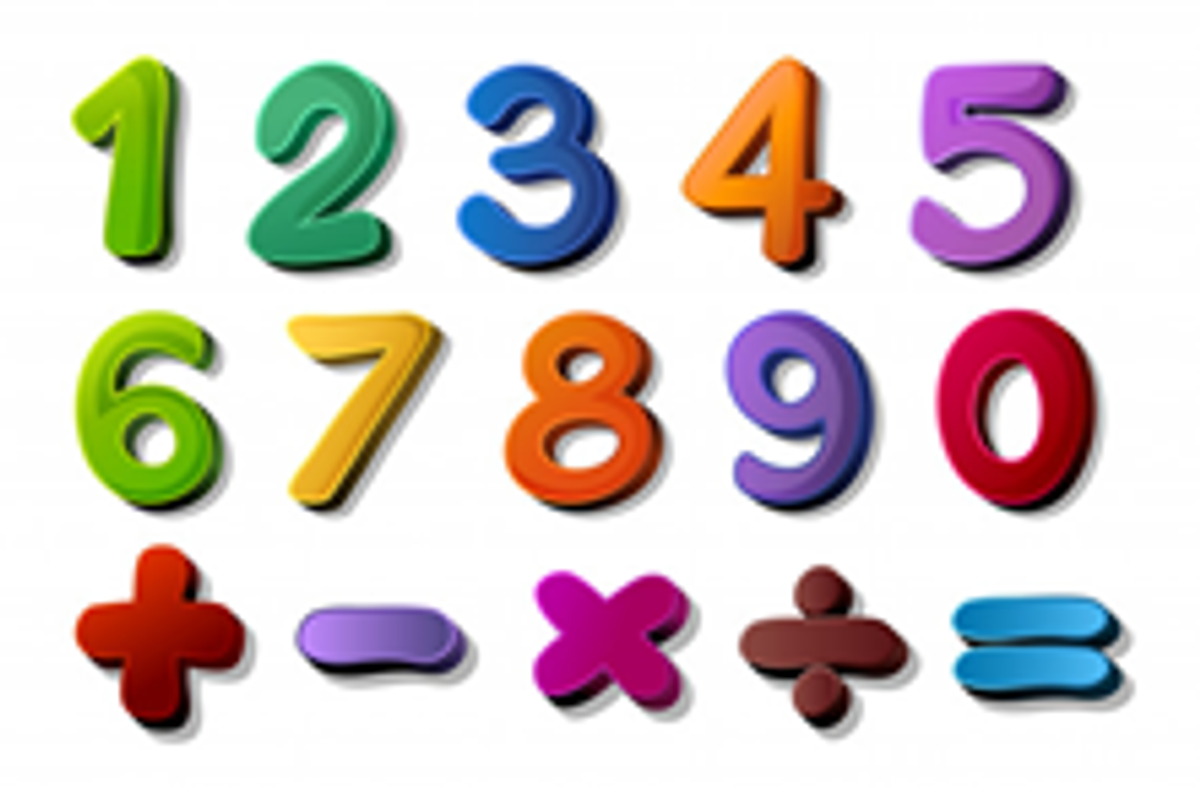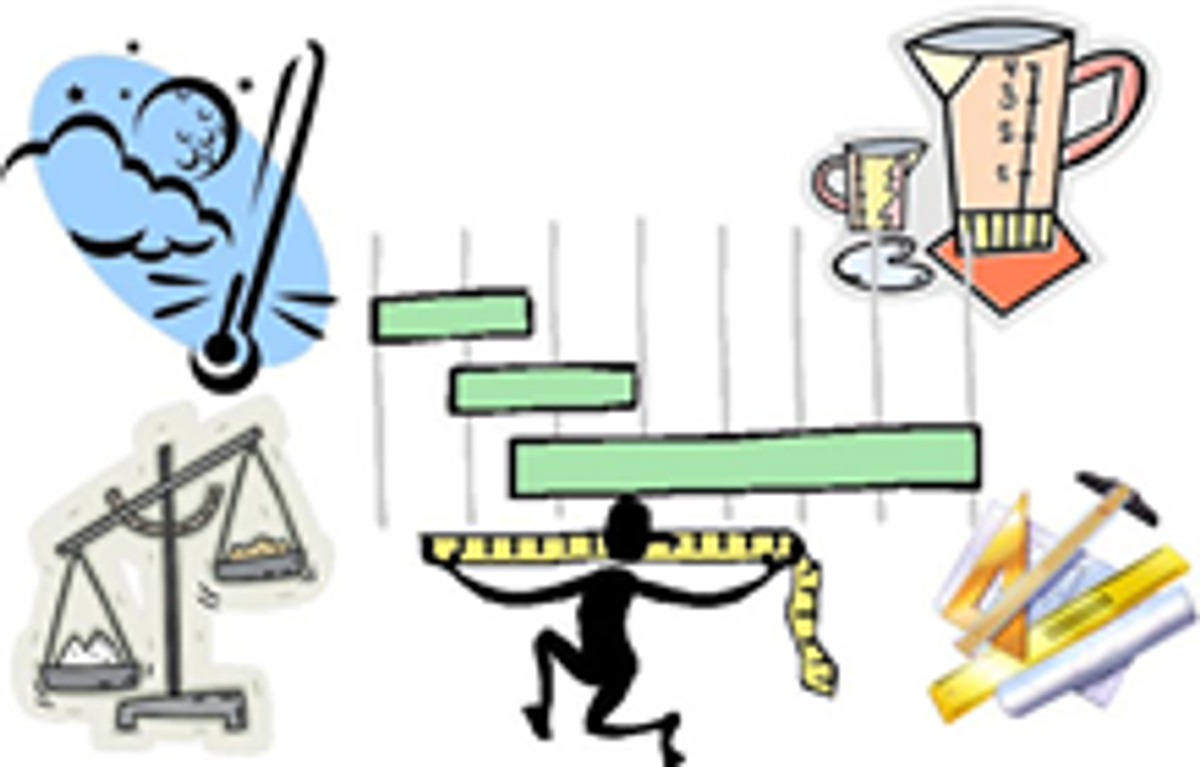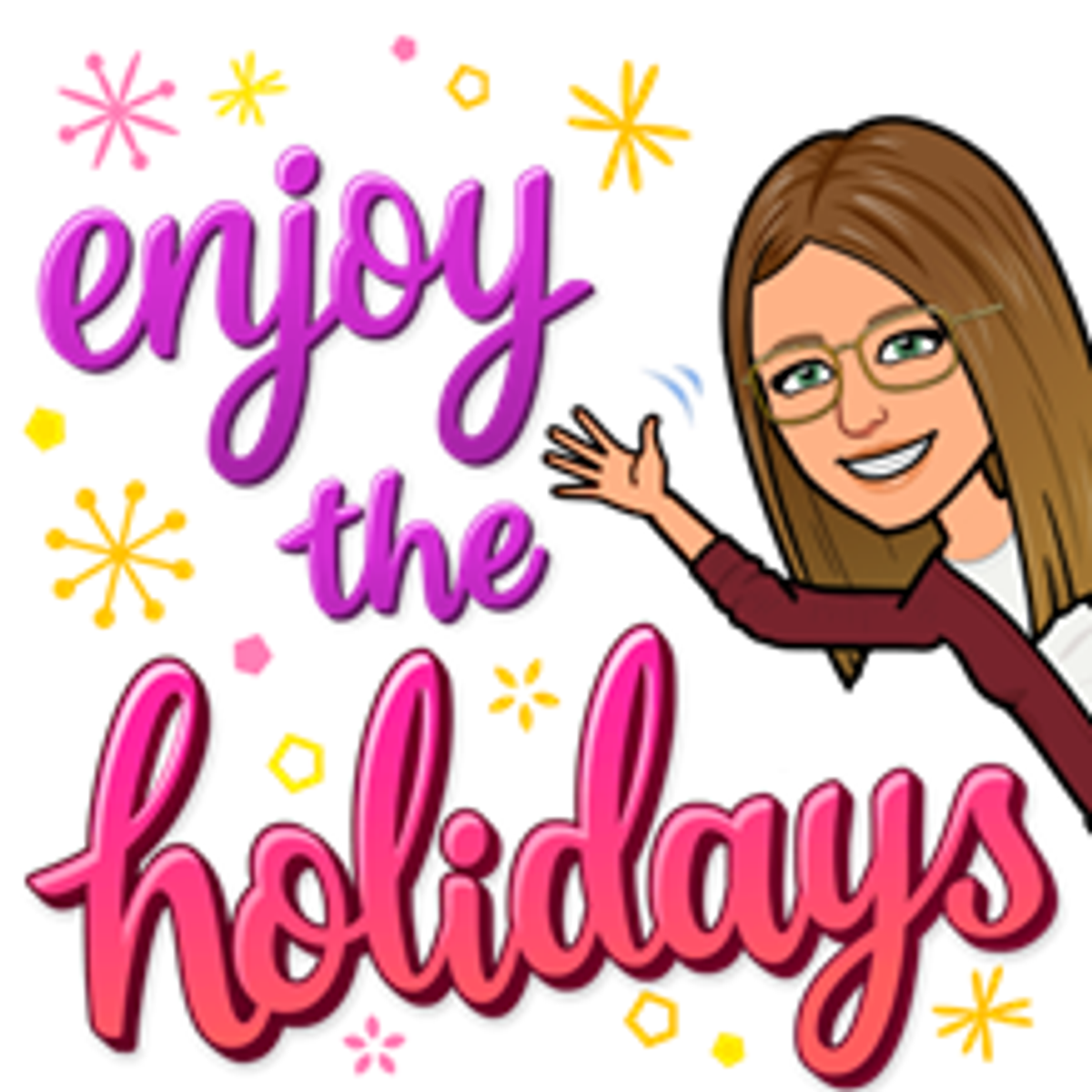Numeracy
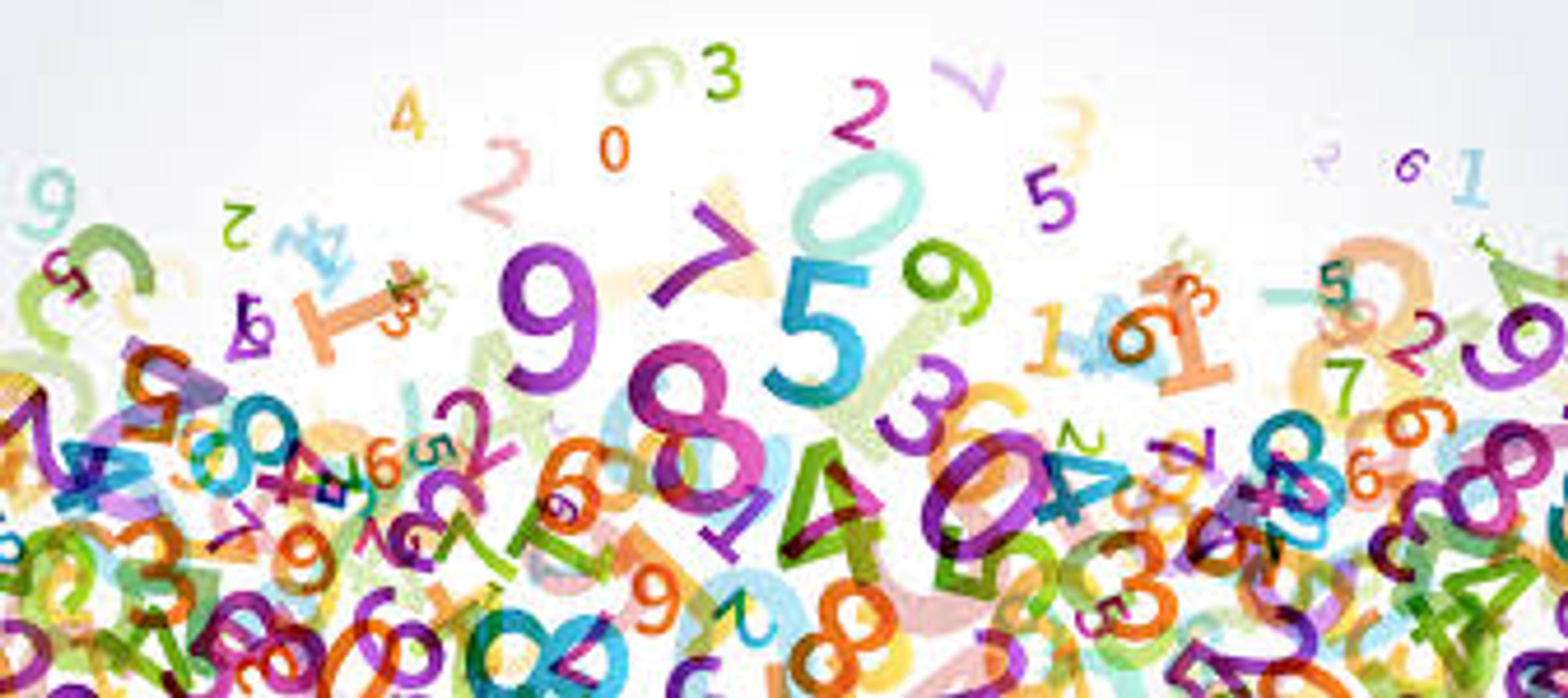
Dear Parents and Carers,
The 2020 school year is drawing to a close and very soon you will be opening your child’s 2020 End of Year Report. Schools report directly against the Victorian Curriculum F – 10. F is the Foundation or Prep year. If a child is at standard they receive a C on the printed report. Below is a table outlining the progression points at standard.
At Standard | |||||||
Foundation | Grade 1 | Grade 2 | Grade 3 | Grade 4 | Grade 5 | Grade 6 | |
June | 0.5 | F.5 | 1.5 | 2.5 | 3.5 | 4.5 | 5.5 |
December | F | 1.0 | 2.0 | 3.0 | 4.0 | 5.0 | 6.0 |
I have included a year one and a year five achievement standard for Mathematics which will hopefully give you a brief outline of what a child at standard in these year levels can do.
Mathematics Achievement Standard Year 1
Number and Algebra
Students count to and from 100 and locate these numbers on a number line. They partition numbers using place value and carry out simple additions and subtractions, using counting strategies. Students recognise Australian coins according to their value. They identify representations of one half. Students describe number sequences resulting from skip counting by 2s, 5s and 10s. They continue simple patterns involving numbers and objects with and without the use of digital technology.
Measurement and Geometry
Students use informal units of measurement to order objects based on length, mass and capacity. They tell time to the half-hour and explain time durations. Students describe two-dimensional shapes and three-dimensional objects. They use the language of distance and direction to move from place to place.
Statistics and Probability
Students describe data displays. They ask questions to collect data and draw simple data displays. Students classify outcomes of simple familiar events.
Mathematics Achievement Standard Year 5
Number and Algebra
Students solve simple problems involving the four operations using a range of strategies including digital technology. They estimate to check the reasonableness of answers and approximate answers by rounding. Students identify and describe factors and multiples. They explain plans for simple budgets. Students order decimals and unit fractions and locate them on a number line. Students add and subtract fractions with the same denominator. They find unknown quantities in number sentences and continue patterns by adding or subtracting fractions and decimals.
Measurement and Geometry
Students use appropriate units of measurement for length, area, volume, capacity and mass, and calculate perimeter and area of rectangles and volume, and capacity of rectangular prisms. They convert between 12 and 24-hour time. Students use a grid reference system to locate landmarks. They estimate angles, and use protractors and digital technology to construct and measure angles. Students connect three-dimensional objects with their two-dimensional representations. They describe transformations of two-dimensional shapes and identify line and rotational symmetry.
Statistics and Probability
Students pose questions to gather data and construct various displays appropriate for the data, with and without the use of digital technology. They compare and interpret different data sets. Students list outcomes of chance experiments with equally likely outcomes and assign probabilities as a number from 0 to 1.
Thank you to all the parents and carers for all your support this year. I would also like to take the opportunity to wish everyone a safe and happy holiday period and I look forward to seeing everyone back at school on Friday January 29th, 2021 for the start of the 2021 school year.
Kind regards
Jennifer O’Connor
Assistant Principal Prep-2 Learning Community
